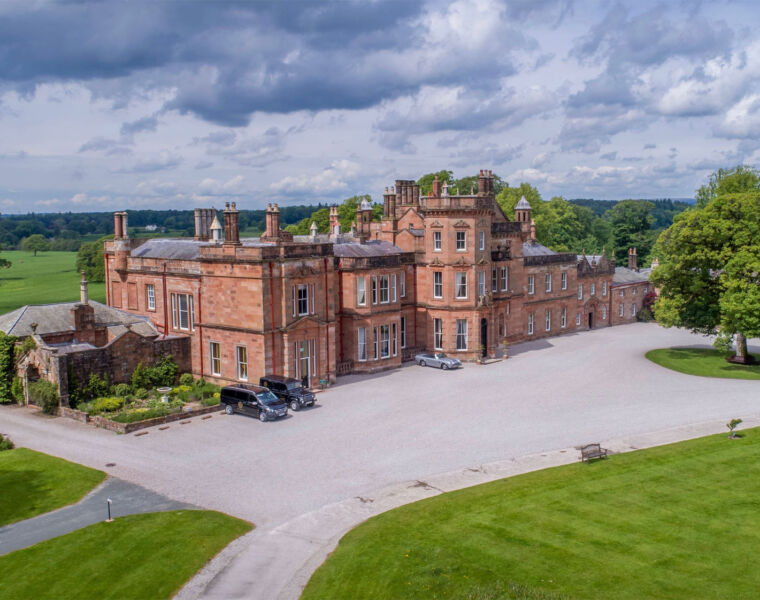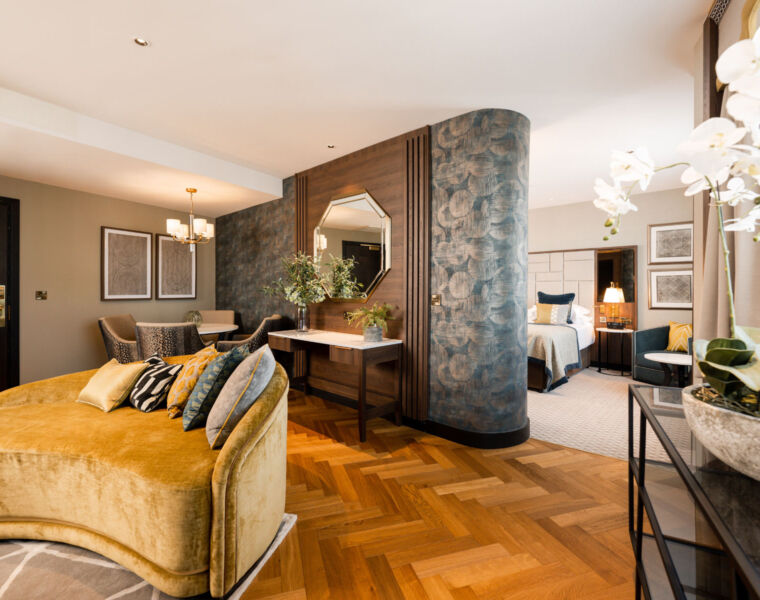
My last visit to the area was decades ago. I have fond memories of snakebites in the bar at Bordeaux University before a Cure concert. Fast forward and I’m at Château La Dominique in St Emilion, imbibing something altogether more sophisticated – the vineyard’s own Saint-Emilion Grand Cru 2011. Over lunch, at the trendy La Terrasse Rouge restaurant (literally in the heart of the vineyards) I chat sustainability with LGCF Export Manager Emma Thienpoint.
“Our main goal at Les Grand Chais de France is to help protect the environment, while producing great wines,” she tells me. “We have 21 properties covering some 650 hectares that are being managed according to SME and HVE standards. You could say we are leading the way in sustainable production and management.”
LGCF’s vision is to “produce a healthy grape to produce a quality wine to satisfy our customers while respecting the environment.” As a result, the SME (Environmental Management System) and HVE (Haute Valeur Environmentale) classifications have been introduced to encourage vignerons to improve their viticultural practices and minimise their impact on the environment through sustainable means. SME is about sustainable management while HVE is the certification based on IS0 14000, which is regulated by the French government and applied to all agricultural industries, including wine.
“The HVE label can be added to bottles,” Emma tells me. “GCF has subscribed to the SME programme, manages all estates according to HVE and is in the process of applying for the HVE certification. The right bank properties will be certified by the end of this year and we plan for all properties to be HVE certified by end 2020.
“Our goal is not about prestigious labels but about health, the environment, wine quality and vineyard sustainability.”

Château Cantin, St Emilion Grand Cru
Our first stop on our sustainable wine tour is elegant Château Cantin whose 17th-century outbuildings were built by Benedictine monks. Located on a limestone-clay plateau the vineyard’s 33 hectares are planted mainly to Merlot with some Cabernet Franc, and overseen by consultant oenologist Michel Rolland since 2009. LGCF bought the estate in 2007.
We meet LGCF Bordeaux Head Winemaker Vincent Cachau, who explains the restructuring that has taken place, including moving the Cabernet and Merlot around the vineyards and extensive replanting. The overall vision is “quality over quantity,” he tells us. Some of the oldest vines here are 40 to 50 years old.
Since 2006, Vincent has overseen the development of all LGCF properties where respect for the environment is key to rehabilitation of vineyards.

“We now manage close to 600 hectares of vine across our properties in the Bordeaux region,” he tells us. “From 35-hectare vineyards such as Château Cantin to the two-hectare vineyard at Margaux – and even a 100-hectare Bordeaux Supérieur property.”
The main vision of LGCF is to achieve SME (Système de Management Environmental) certification across its Bordeaux portfolio. A commitment to promoting environmentally sustainable viticulture practices across the region. Vineyards that sign up to the SME system are allocated a consultant to guide the estate through the process. Societal expectations are changing and the current mood among Bordeaux wine growers is now more collaborative, promoting an environment-focused approach to viticulture.

Vincent tells us the at the LGCF philosophy is “to create the best grapes – and thus the best wine” which is why emphasis here is on viticulture not creating fancy cellars.
“We have 21 châteaux in the Bordeaux portfolio and our first steps are all about restructuring when we purchase a property,” he adds. “Creating the right planting density and good care of the root system is essential. If you want good wine you have to have good fruit.
“You also have to have the right vegetation for each parcel of land. And use the right clones to achieve complexity of flavour.”




You must be logged in to post a comment.